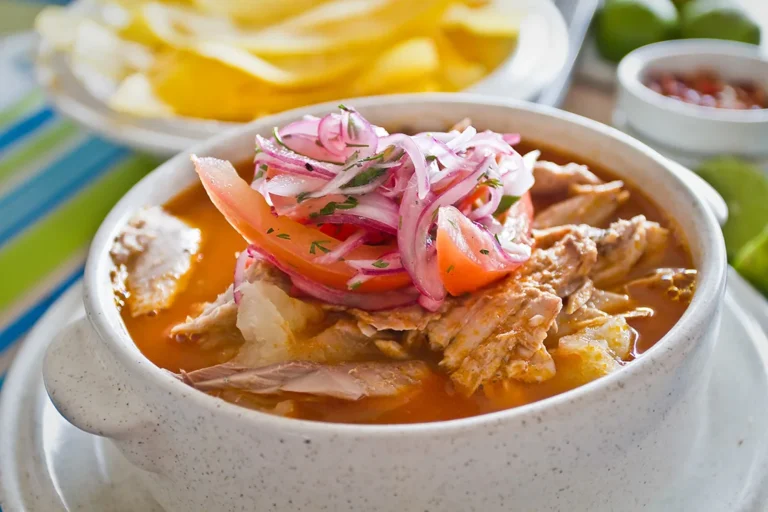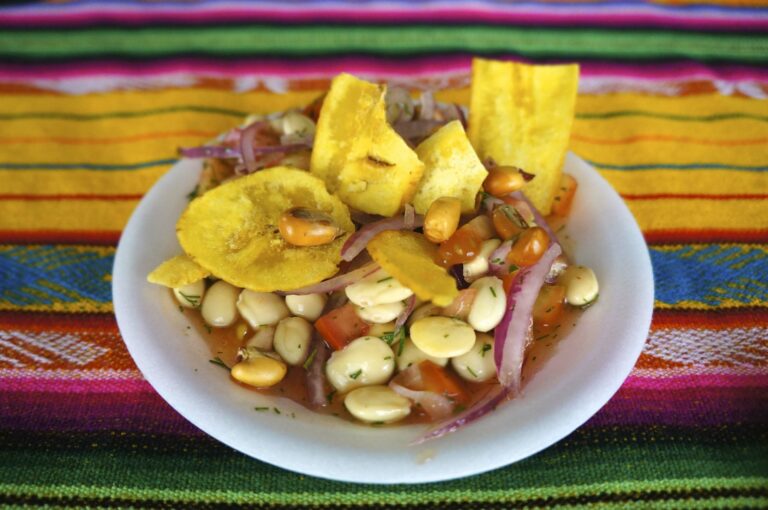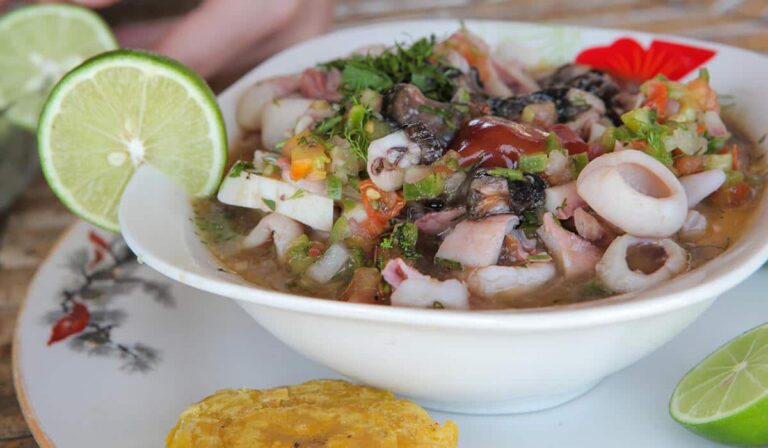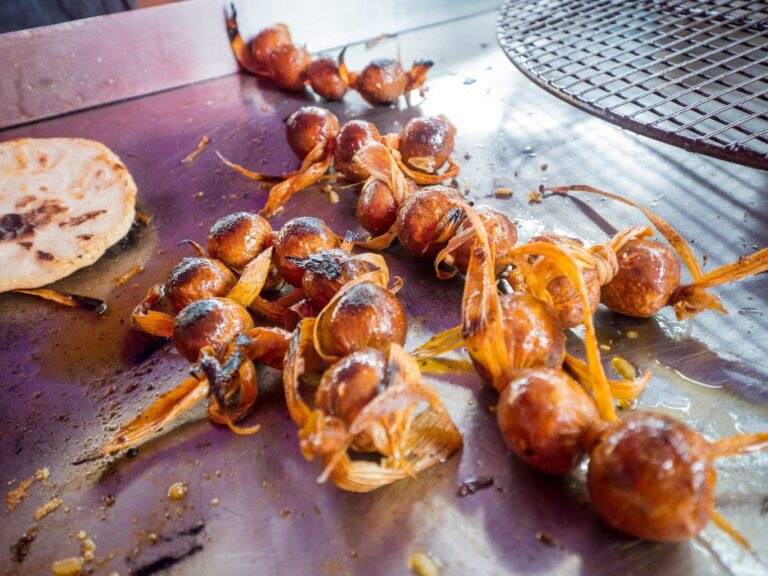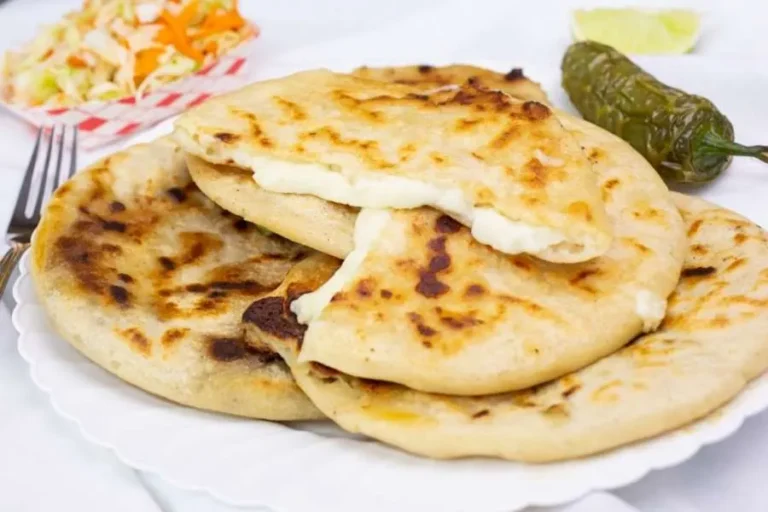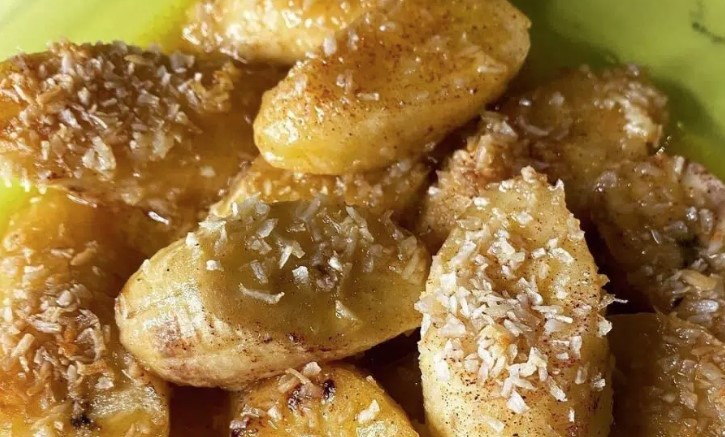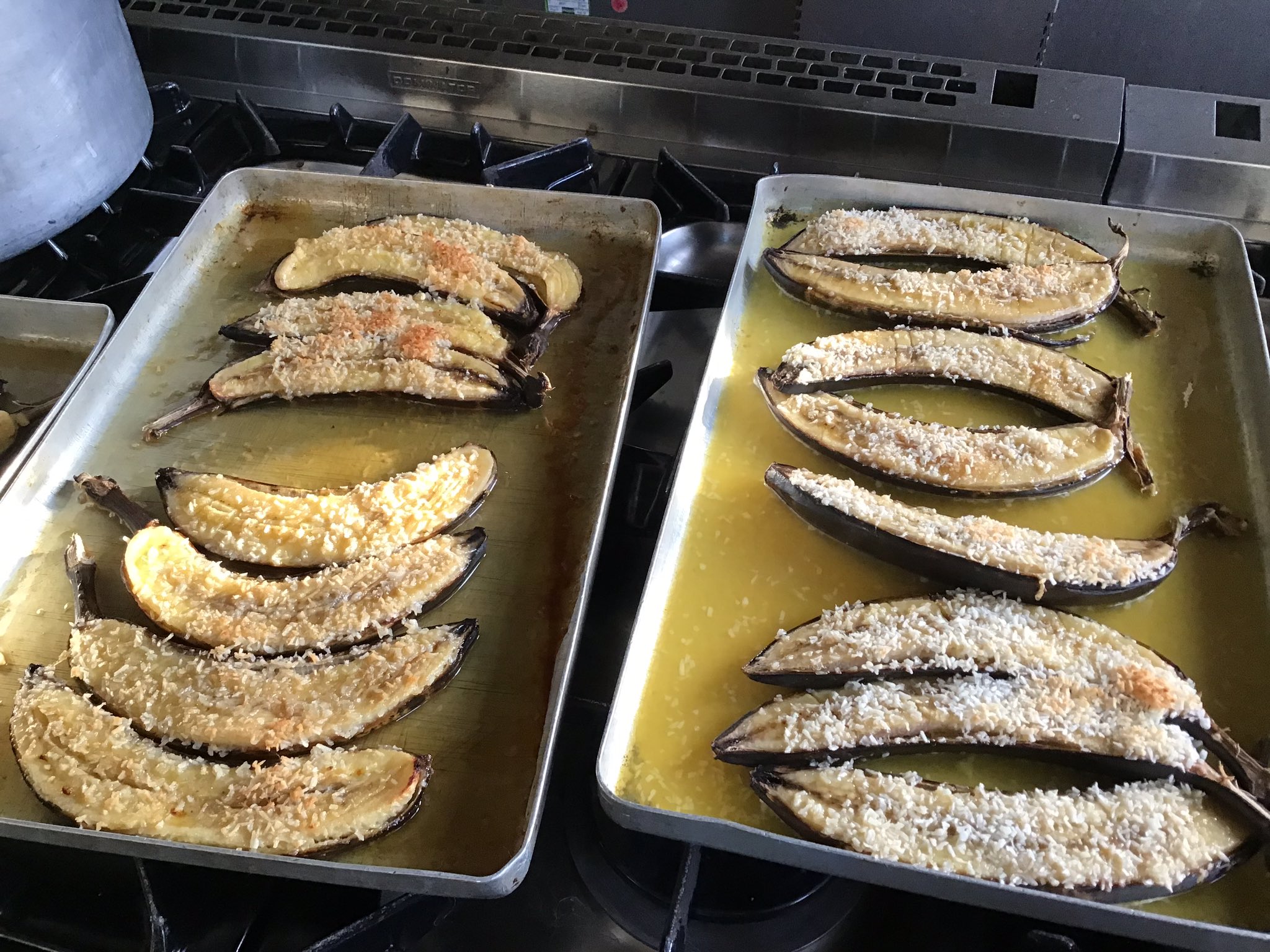Introduction: Ecuadorian cuisine
Ecuador, a small country located in South America, is known for its rich diversity, culture, and history. One of the best ways to explore Ecuador’s culture and history is through its cuisine. Ecuadorian cuisine is a fusion of Indigenous, Spanish, and African influences. The unique blend of cultures has given rise to a diverse and flavorful cuisine that is loved by locals and tourists alike.
Indigenous influences on Ecuadorian cuisine
The Indigenous people of Ecuador have a long history of farming and cooking. They relied heavily on local ingredients such as potatoes, quinoa, corn, beans, and vegetables. These ingredients formed the base of their diet and were often cooked with traditional cooking techniques such as roasting, boiling, and steaming. Indigenous cuisine also includes the use of cuy (guinea pig), a traditional delicacy that is still enjoyed in some parts of Ecuador.
In addition to the ingredients and techniques, Indigenous culture also influenced the use of herbs and spices in Ecuadorian cuisine. Herbs such as cilantro, achiote, and huacatay are commonly used in Ecuadorian dishes to add flavor and aroma. Indigenous cuisine has also influenced the use of chicha, a traditional fermented corn drink that is still consumed in some parts of the country.
Spanish influences on Ecuadorian cuisine
The Spanish arrived in Ecuador in the 16th century and brought with them their own cuisine, ingredients, and techniques. They introduced wheat, rice, sugar, and dairy products to Ecuadorian cuisine. Spanish cuisine also influenced the use of meat in Ecuadorian dishes. Beef, chicken, and pork are now commonly consumed in Ecuadorian cuisine.
Spanish cooking techniques such as frying and baking were also introduced to Ecuadorian cuisine. This led to the creation of dishes such as empanadas, fritada, and hornado. Spanish cuisine also influenced the use of spices such as saffron, paprika, and oregano in Ecuadorian dishes.
African influences on Ecuadorian cuisine
African slaves were brought to Ecuador in the 16th century and their culture and cuisine also had an impact on Ecuadorian cuisine. African cuisine introduced new ingredients such as plantains, yucca, and peanuts to Ecuadorian dishes. African cuisine also influenced the use of spices such as cumin, ginger, and garlic in Ecuadorian cuisine.
African cuisine also introduced the concept of stews and soups, which are now commonly consumed in Ecuadorian cuisine. Dishes such as encebollado and seco de chivo are examples of African influence in Ecuadorian cuisine.
Common ingredients in Ecuadorian dishes
Some of the most common ingredients used in Ecuadorian dishes include potatoes, corn, beans, rice, plantains, yucca, beef, chicken, and pork. Herbs and spices such as cilantro, achiote, and cumin are also commonly used to add flavor and aroma to Ecuadorian dishes. Ecuadorian cuisine also includes the use of seafood such as shrimp, fish, and octopus.
Most popular Ecuadorian dishes
Some of the most popular Ecuadorian dishes include ceviche, empanadas, fanesca, locro de papas, seco de chivo, and encebollado. Ceviche is a seafood dish that is typically served with popcorn and plantain chips. Empanadas are stuffed pastries that can be filled with cheese, beef, or chicken. Fanesca is a soup that is traditionally served during Easter and is made with beans, rice, and squash.
Locro de papas is a potato soup that is served with avocado and cheese. Seco de chivo is a stew made with goat meat, peanuts, and beer. Encebollado is a fish soup that is typically served with red onion and yucca.
Regional variations in Ecuadorian cuisine
Ecuadorian cuisine varies from region to region. Coastal cuisine is known for its seafood dishes such as ceviche and encebollado. Highland cuisine is known for its hearty stews and soups such as locro de papas and fanesca. Amazonian cuisine is known for its exotic ingredients such as fried ants and guinea pig.
Conclusion: The unique blend of cultures in Ecuadorian cuisine
Ecuadorian cuisine is a fusion of Indigenous, Spanish, and African cultures. The unique blend of cultures has given rise to a diverse and flavorful cuisine that is loved by locals and tourists alike. Ecuadorian cuisine includes a wide variety of dishes that vary from region to region. Ecuadorian cuisine is a reflection of the country’s rich history and culture, and it is a must-try for anyone visiting Ecuador.

